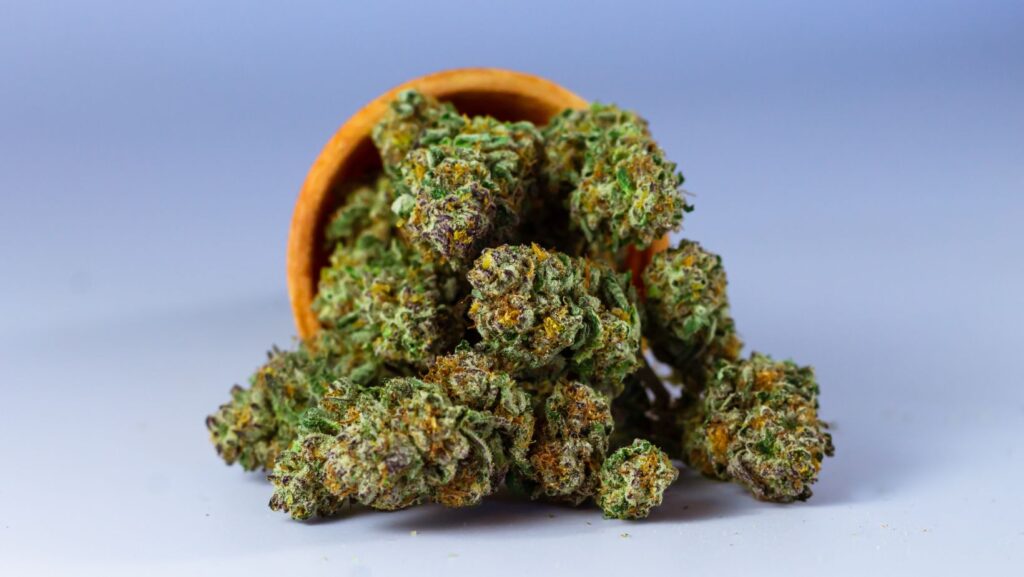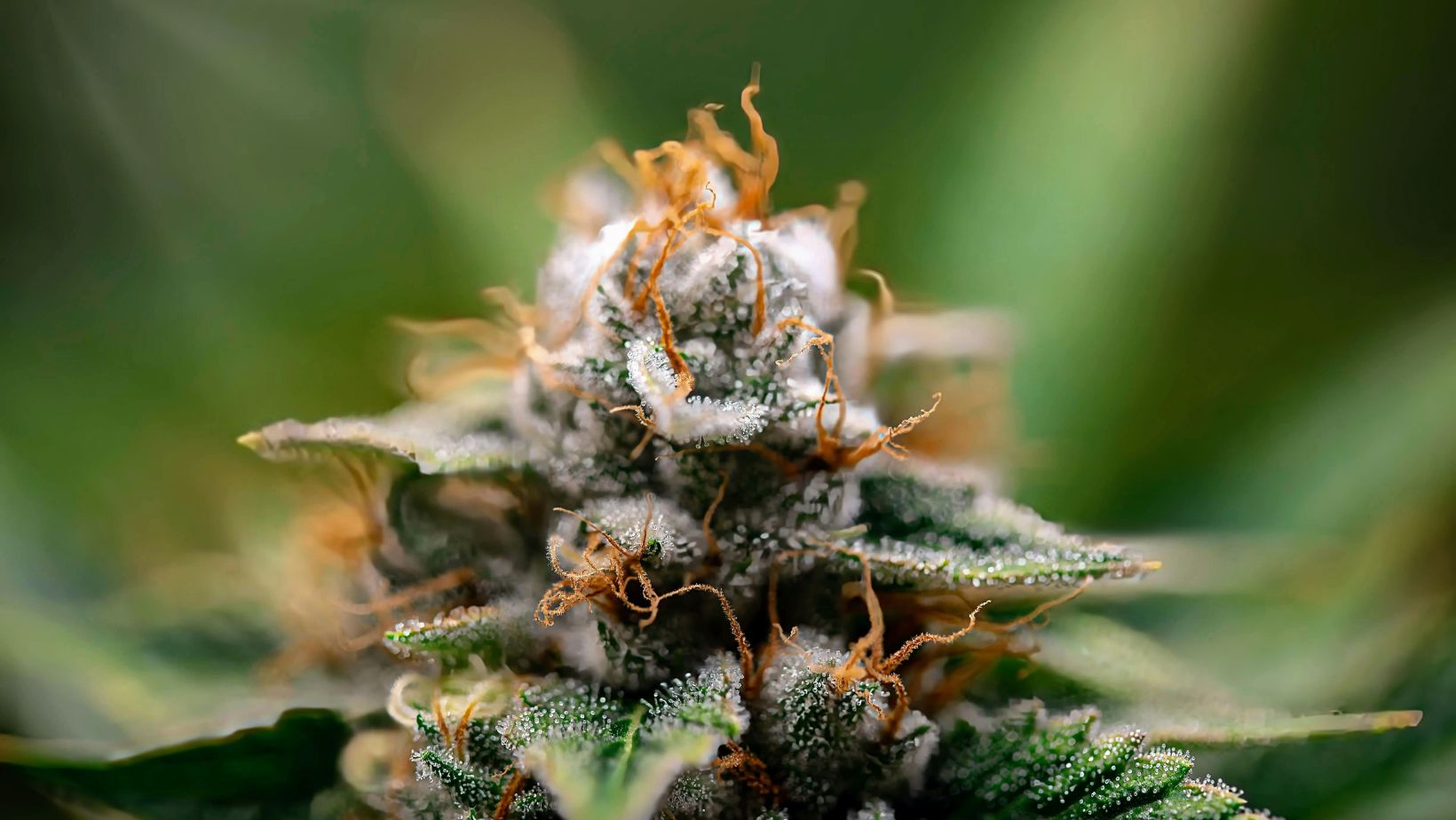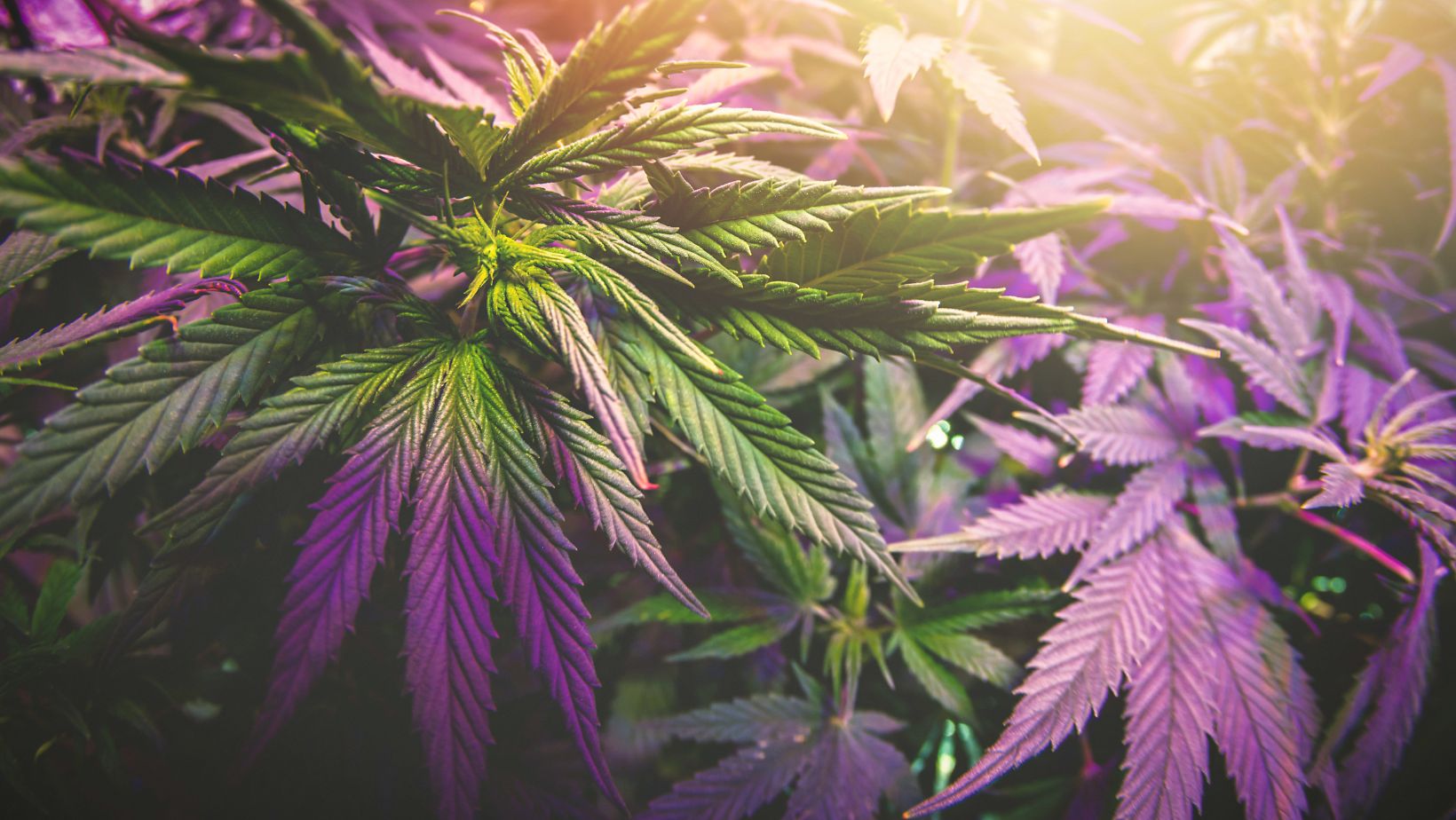
Indoor cannabis cultivation offers an unparalleled level of control, promising the dedicated grower year-round access to clean, potent, top-quality buds. However, this control comes with complete responsibility. For your plants, you are the sun, the rain, and the wind. For newcomers, this can be a steep learning curve where simple mistakes can lead to stunted growth or a failed harvest. This guide illuminates the most common pitfalls new indoor growers face, providing you with the knowledge to sidestep them and ensure your garden thrives.
1. Underestimating Airflow and Ventilation
Many beginners meticulously plan their lights and soil but overlook one of the most vital elements: fresh air. Placing a plant in a sealed grow tent or closet without proper ventilation is a recipe for disaster.
Why It’s a Problem: Plants require a constant supply of fresh CO₂ for photosynthesis. In a sealed space, they quickly deplete the available CO₂, and growth grinds to a halt. Simultaneously, plants release water vapor through transpiration, causing humidity to skyrocket. This combination of stagnant air and high humidity is the perfect breeding ground for destructive powdery mildew and bud rot.
The Solution: A proper ventilation system is not optional. At a minimum, you need an exhaust fan to pull the warm, stale air out of the space, which in turn passively draws in fresh, CO₂-rich air. You should also have a small oscillating fan inside the tent to gently circulate air, which strengthens stems and prevents pockets of moist air from forming within the canopy.
2. Choosing the Wrong Genetics for the Space
It’s tempting to choose a strain based on its legendary name, but it is crucial to consider its growth characteristics in relation to your available space.
Why It’s a Problem: Trying to grow a massive, stretchy Sativa strain in a five-foot-tall tent will lead to endless frustration. The plant will quickly grow into the light, causing light burn on its top colas, while a small pot restricts its root system, stressing the plant and limiting its potential.
The Solution: Read the breeder’s descriptions carefully. Look for terms like “compact,” “short flowering stretch,” or “suitable for indoor growing.” Indica-dominant hybrids are generally a safer bet for limited spaces as they tend to grow shorter and bushier. Starting with time-tested, resilient genetics is also wise. Forgiving and predictable strains, such as classic skunk seeds, are renowned for their adaptability and vigorous growth, making them an excellent choice for a first harvest.
3. Overfeeding with Nutrients
In a rush to see explosive growth, many new growers follow the feeding charts on nutrient bottles to the letter, or even add a little extra. This is one of the fastest ways to harm your plants.
Why It’s a Problem: Bottled nutrients are highly concentrated mineral salts. Young cannabis plants are sensitive, and bombarding them with a full-strength solution is toxic. This causes “nutrient burn,” which manifests as yellow or brown, crispy leaf tips and claw-like, curling leaves. A plant suffering from nutrient burn is stressed and will focus on survival rather than growth.
The Solution: Always follow the mantra: “start low and go slow.” Begin by using just one-quarter to one-half of the manufacturer’s recommended dose. Observe how your plants respond. It is always far easier to correct a plant that is slightly underfed than to save one that has been burned by excess nutrients.
4. Neglecting pH Management
Even with the perfect nutrient mix, your plants can still show signs of deficiencies if you ignore the pH level of your water and soil.
Why It’s a Problem: Cannabis can only absorb nutrients when the root zone’s pH is within a specific range (typically 6.0-7.0 for soil and 5.5-6.5 for hydroponics). If the pH is too high or too low, certain nutrients become “locked out,” meaning the plant cannot absorb them even though they are present. This leads to deficiencies, stunted growth, and yellowing leaves, which growers often misdiagnose as a lack of nutrients, causing them to overfeed and worsen the problem.
The Solution: Invest in a quality digital pH pen. Test the pH of your water and nutrient solution every time you feed. Use “pH Up” or “pH Down” products—small amounts of a strong acid or base—to adjust your solution into the correct range before watering. This simple step ensures all the nutrients you provide are actually available to your plants.
5. Panicking and Overcorrecting
You see a single yellow spot on one leaf and your mind races. You immediately flush the soil, add three new supplements, and drastically change the light height.
Why It’s a Problem: By changing multiple variables at once, you will never know what the actual problem was or which action fixed it. More often than not, this panicked flurry of activity only adds more stress to the plant. Plant health issues often take a few days to appear, so a problem you see today could be the result of something that happened earlier in the week.
The Solution: Be patient and methodical. If you suspect an issue, change only one variable at a time. For example, if you think the pH is off, adjust it and wait several days to observe the new growth for improvement. Keep a grow journal to track your actions. When you are truly stumped, consult reliable sources. The educational guides from a reputable cannabis seed bank like https://seedsupreme.com/ can provide fact-checked information to help you accurately diagnose problems without panicking.














